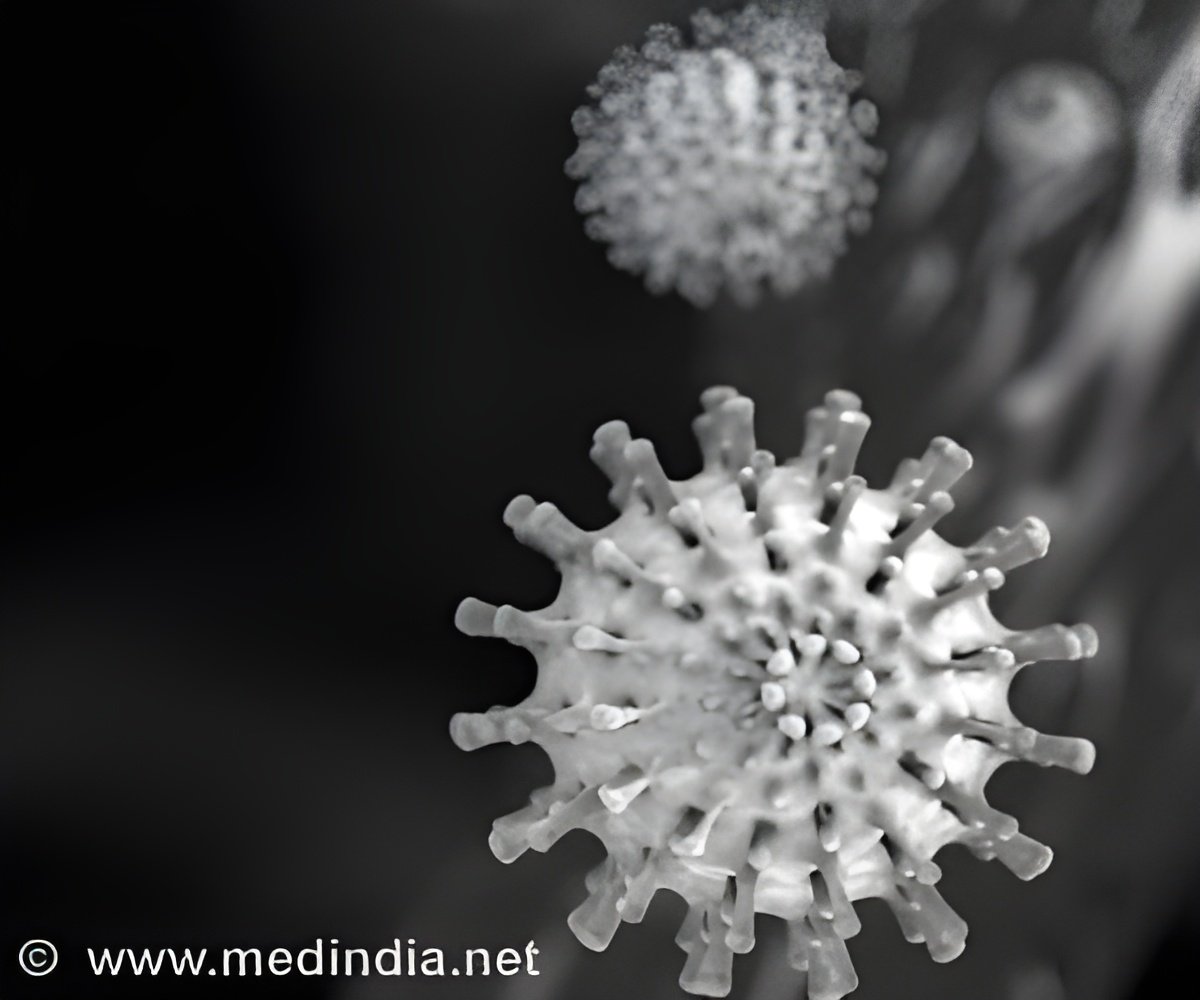Researchers found that nanoparticles can migrate from the lung to the placenta and possibly the fetal tissues after maternal exposure throughout pregnancy.

‘Neither the placenta nor the lungs do not act as a barrier to nanoparticles inhaled during the pregnancy period.’





Nanoparticles are so named because they are less than 100 nanometers wide, meaning they are tens of thousands of times smaller than the diameter of a single human hair.Despite their usefulness, nanoscale materials are poorly understood, with very little known about the potential effects on human health and the environment.
“The particles are small and really hard to find,” said Phoebe Stapleton, an author and an assistant professor at Rutgers Ernest Mario School of Pharmacy and a faculty member at Rutgers Environmental and Occupational Health Sciences Institute.
In the new study, researchers were able to track the movement of nanoparticles made of metal titanium dioxide through the bodies of pregnant rats.
After the nanoparticles were inhaled into the lungs of the rodents, some of them escaped this initial barrier. From there, the particles flowed through the placentas, which generally filter out foreign substances to protect the fetus.
Advertisement
The research emerged from investigations into the causes of low birth weight in human infants. Newborns weighing less than 5.5 pounds can suffer adverse health effects as infants and throughout their lives.
Knowing that nanoparticles migrate from the mother’s lungs to the placenta and fetal tissues will help inform future studies of exposure during pregnancy, fetal health, and the developmental onset of disease.
Source-Medindia










